N THE PAINFUL NUMBERS
With its geographical location in the tropical monsoon region, Vietnam has a coastline of more than 3,200 km, over 2,300 rivers, canals, streams and a large number of streams, ponds and lakes... creating ideal natural conditions, but also an environment with many potential risks of drowning accidents for children. In Vietnam, the percentage of the population who can swim is very low. The fact that many people die from drowning is always a concern, especially among children.
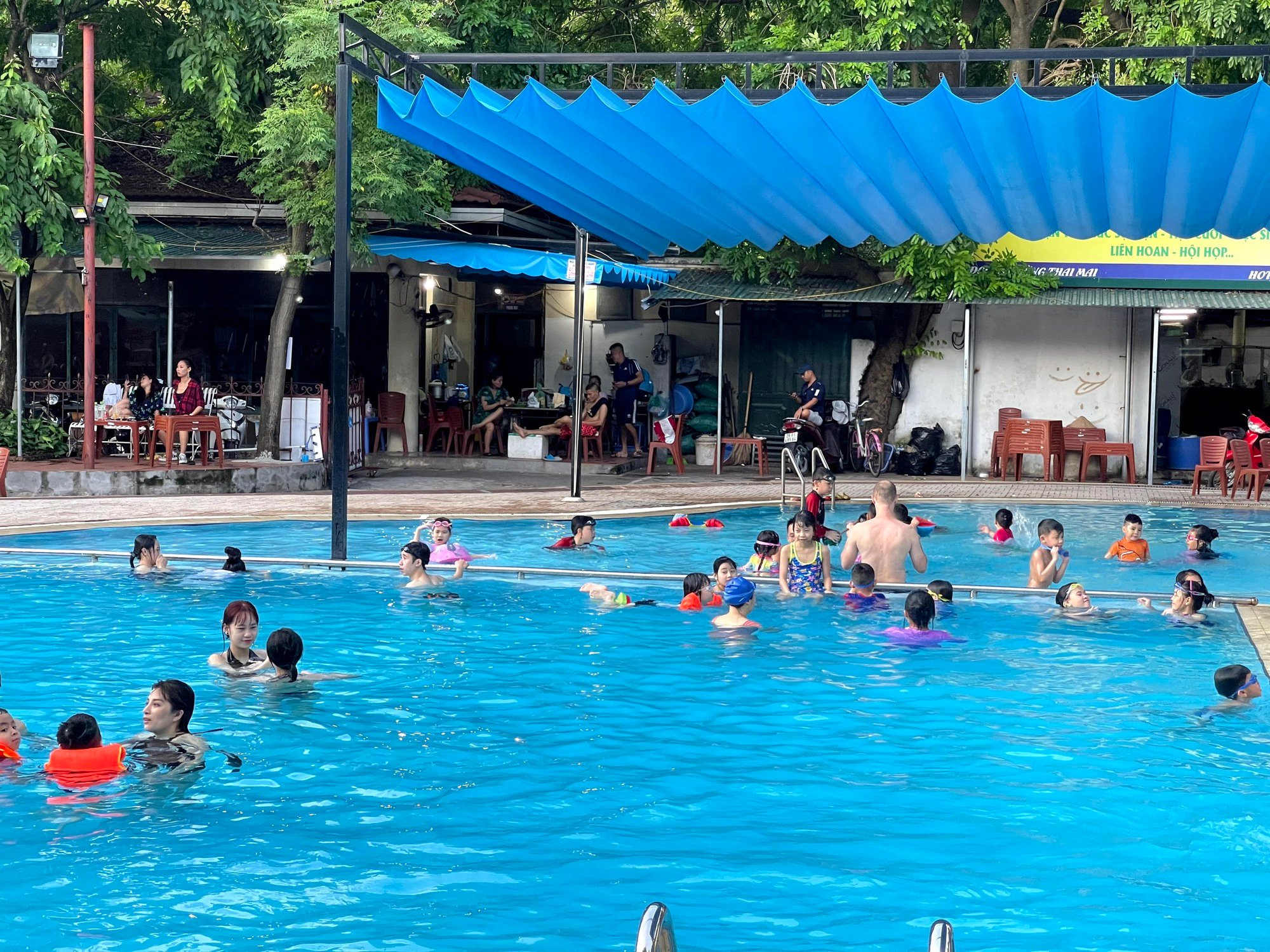
Learning to swim has many health benefits.
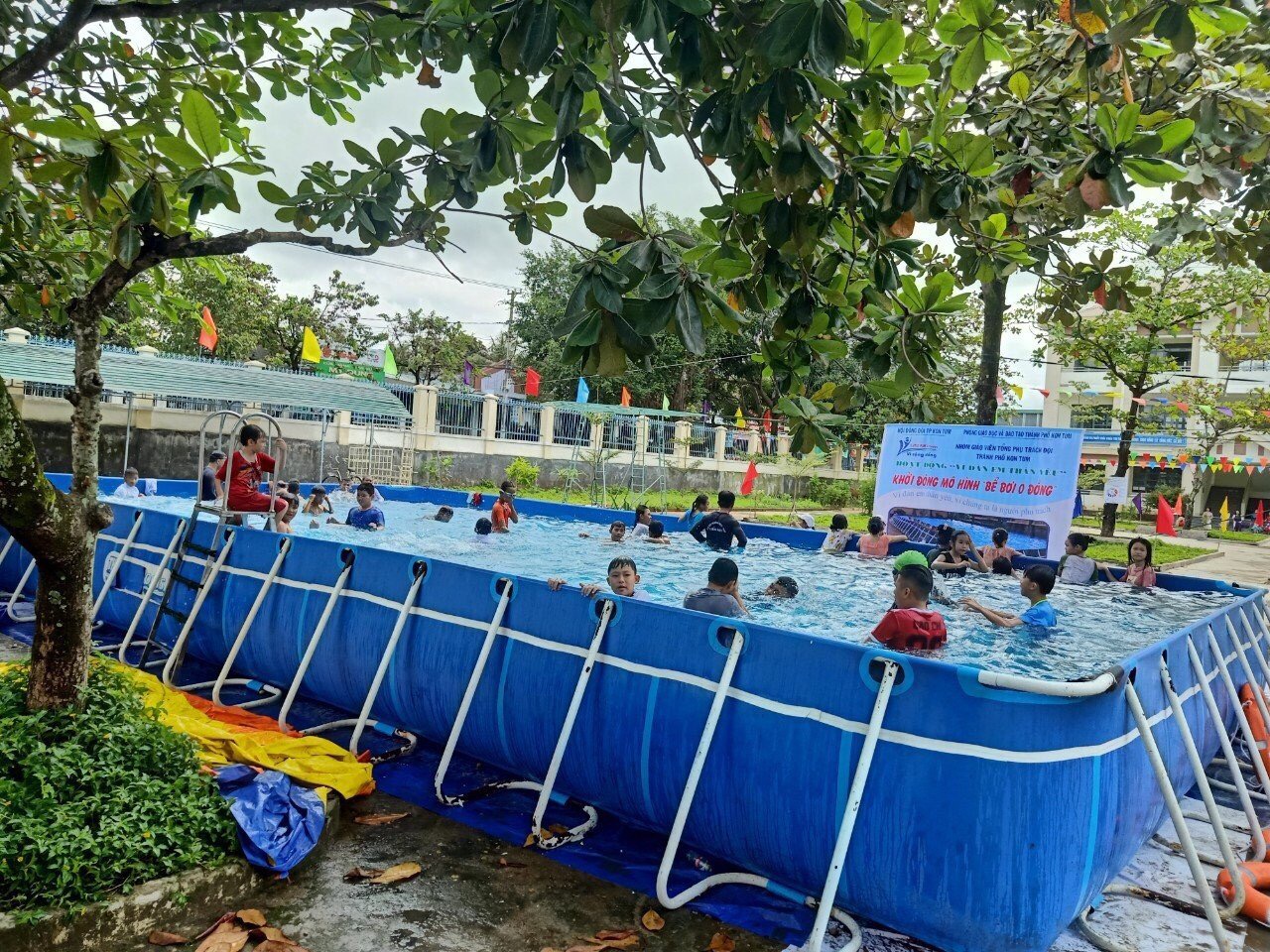
According to statistics from the Ministry of Labor, Invalids and Social Affairs, Vietnam is one of the countries with the highest rate of child deaths due to drowning in the world, higher than many countries in the region and 10 times higher than developed countries. Currently, on average, about 2,000 children die from drowning each year. Of which, the age group with the highest death rate is from 1 to 14 years old and living in rural areas with difficult economic conditions, mountainous provinces, and localities with many rivers, streams, ponds and lakes.
Nguyen Thi Chien, Deputy Director of the Department of Mass Sports and Physical Training of the General Department of Sports and Physical Training, said that there are many reasons leading to the situation of children drowning. Among them, children not knowing how to swim and lacking knowledge and skills to prevent and combat drowning are considered the main causes. In addition, the lack of strict management and supervision by adults as well as the lack of guidance from professional staff (rescuers) when children go swimming or have fun in the water are also the reasons causing these tragic incidents. In addition, objective factors such as natural disasters, storms and floods, children living near unsafe environments (ponds, lakes, wells, sewers, etc.) or subjective factors such as not following the regulations when participating in waterway traffic, not knowing safe drowning rescue skills, etc. also cause the death rate due to drowning to increase.
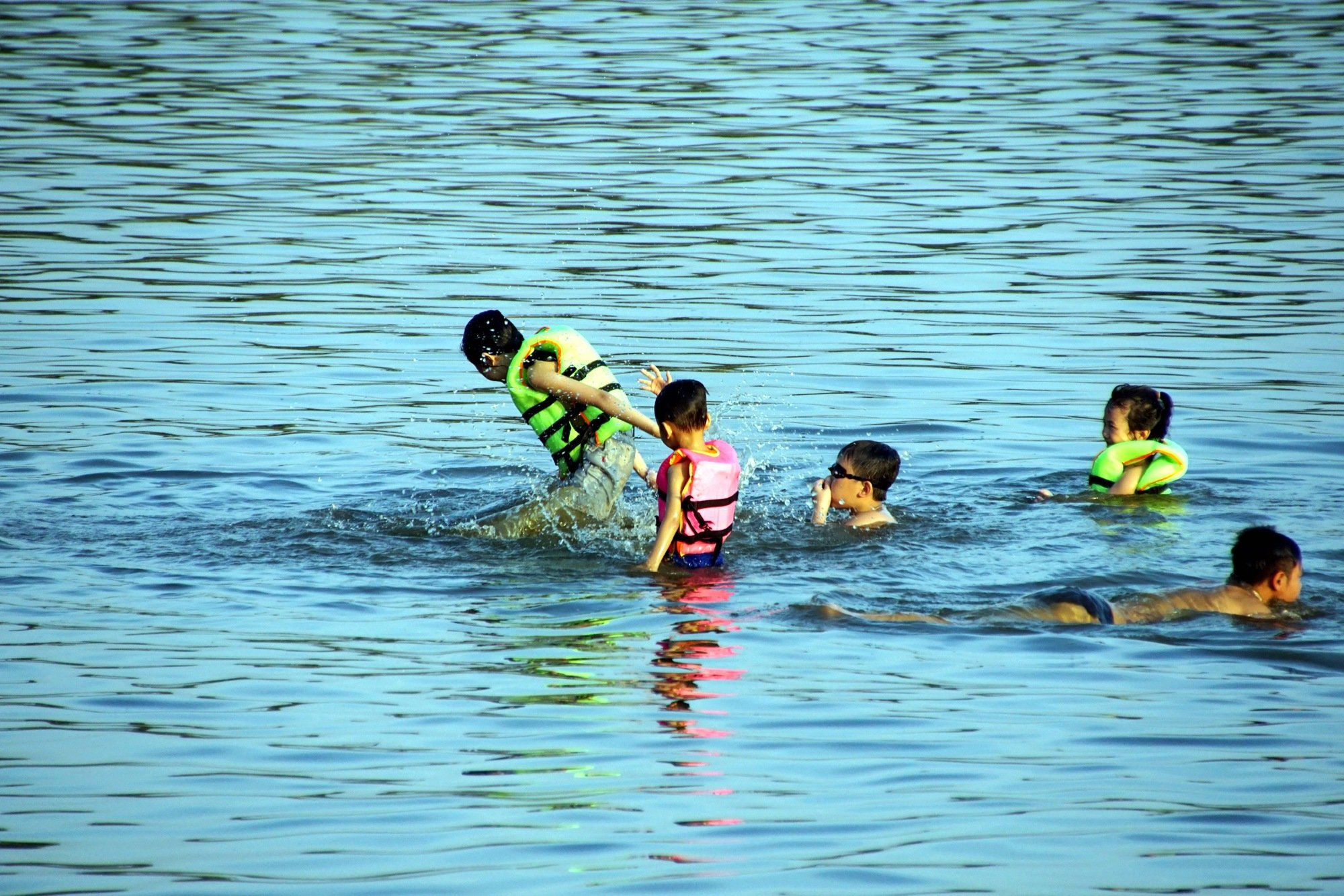
Learning to swim properly will bring safety.
REQUIRES COLLABORATION AND HIGH RESPONSIBILITY FROM THE WHOLE SOCIETY
Ms. Nguyen Thi Chien affirmed that drowning prevention is not the responsibility of any individual but the shared responsibility of all levels, sectors, families, schools and the whole society. In particular, each ministry, sector, organization, unit, locality, school and family needs to pay attention, invest and implement tasks and solutions suitable to their functions, tasks and practical conditions to join hands and contribute to drowning prevention. For each citizen, grandparents, parents, teachers, students, teenagers and children have the responsibility to actively practice swimming, and at the same time be active propagandists to mobilize their families, relatives and friends to practice swimming skills, equip themselves with knowledge and skills to prevent drowning.
PILOT CRITERIA FOR EVALUATING CHILDREN'S SWIMMING ABILITY
The General Department of Sports and Physical Training has been guiding localities to pilot the criteria for assessing children who can swim. That is, not only can they swim far and fast, but they must also grasp knowledge of drowning prevention, practice good skills in water safety and safe drowning rescue.
To contribute to reducing the drowning situation of people and children, after the Safe Swimming Program, preventing drowning of children in the period of 2021 - 2030 was approved, every May, the Ministry of Culture, Sports and Tourism and localities simultaneously organized a ceremony to launch swimming practice for the whole population. The Department of Mass Sports and Physical Training develops and disseminates documents and video clips to guide people and children on swimming techniques, safety skills in the water environment, and safe drowning rescue skills. Photo: When children learn to swim, they need a coach to ensure effectiveness and safety. PHOTO: NVCC
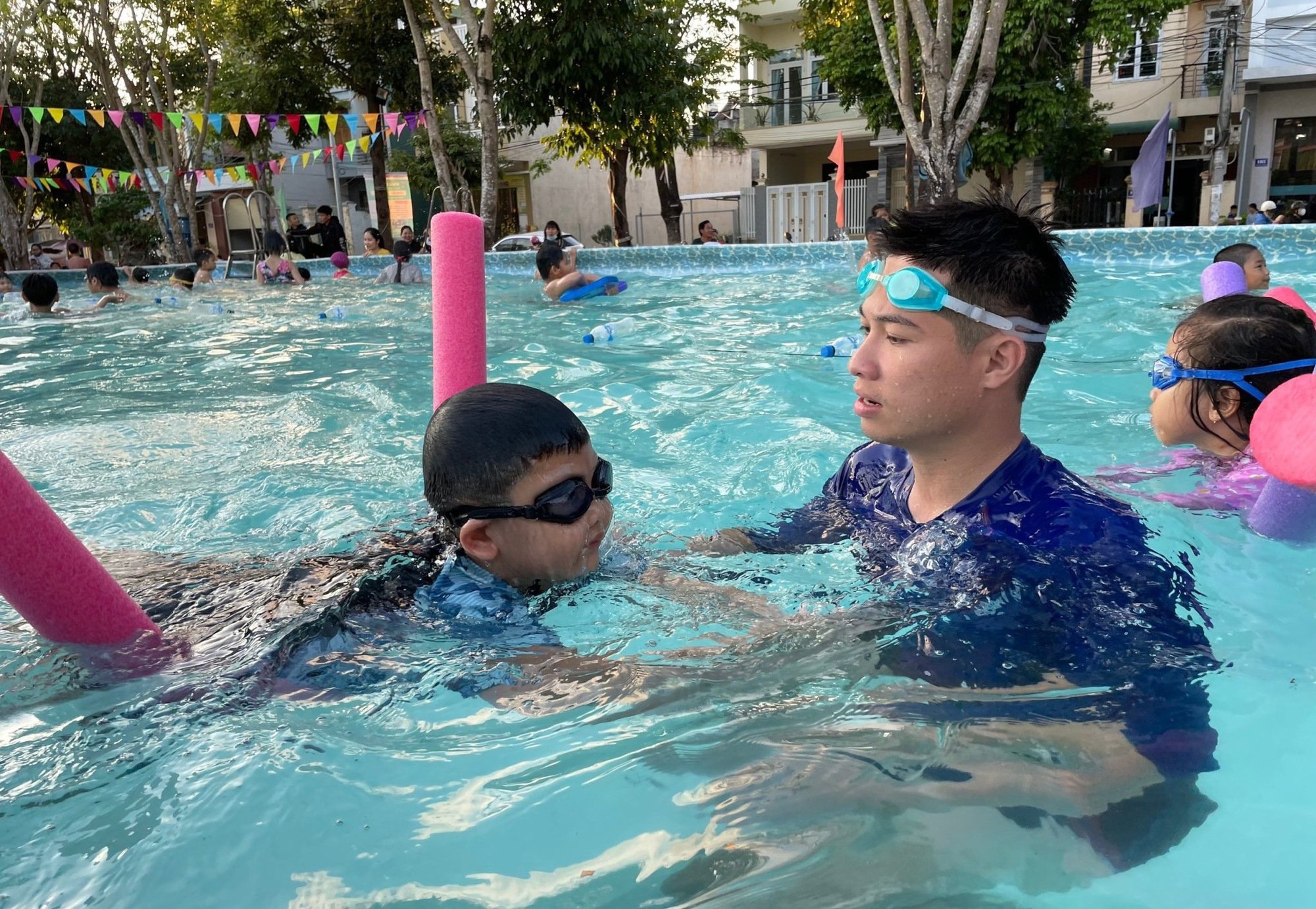
Children need a coach when learning to swim to ensure effectiveness and safety.
NGUYEN LOAN
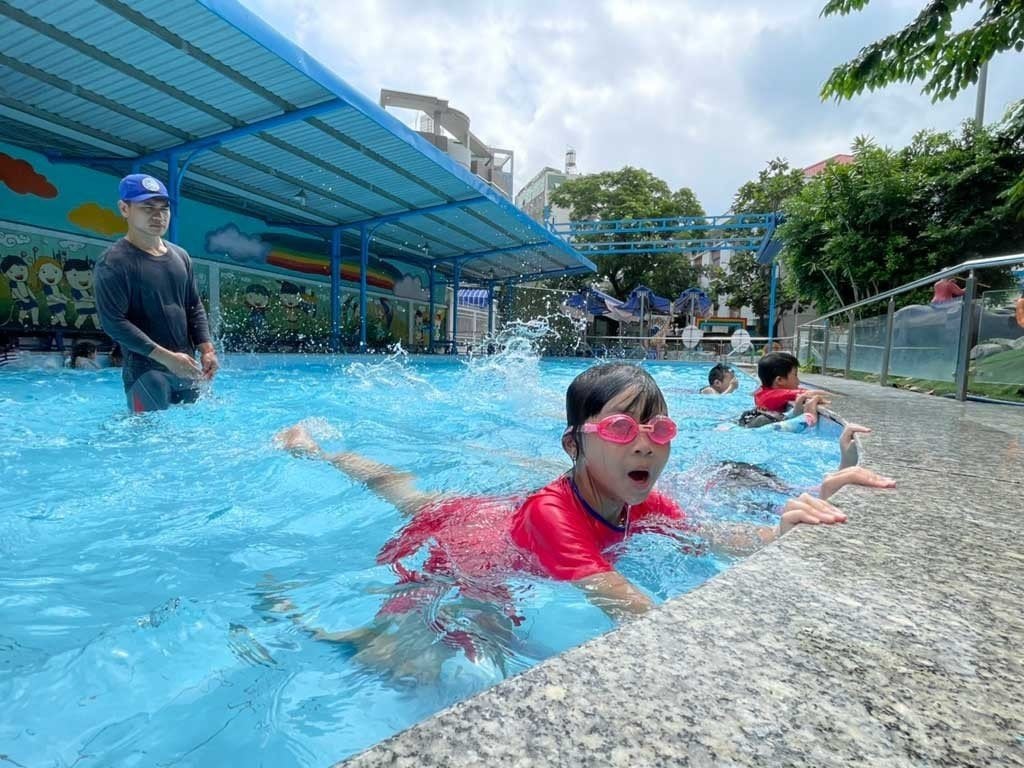
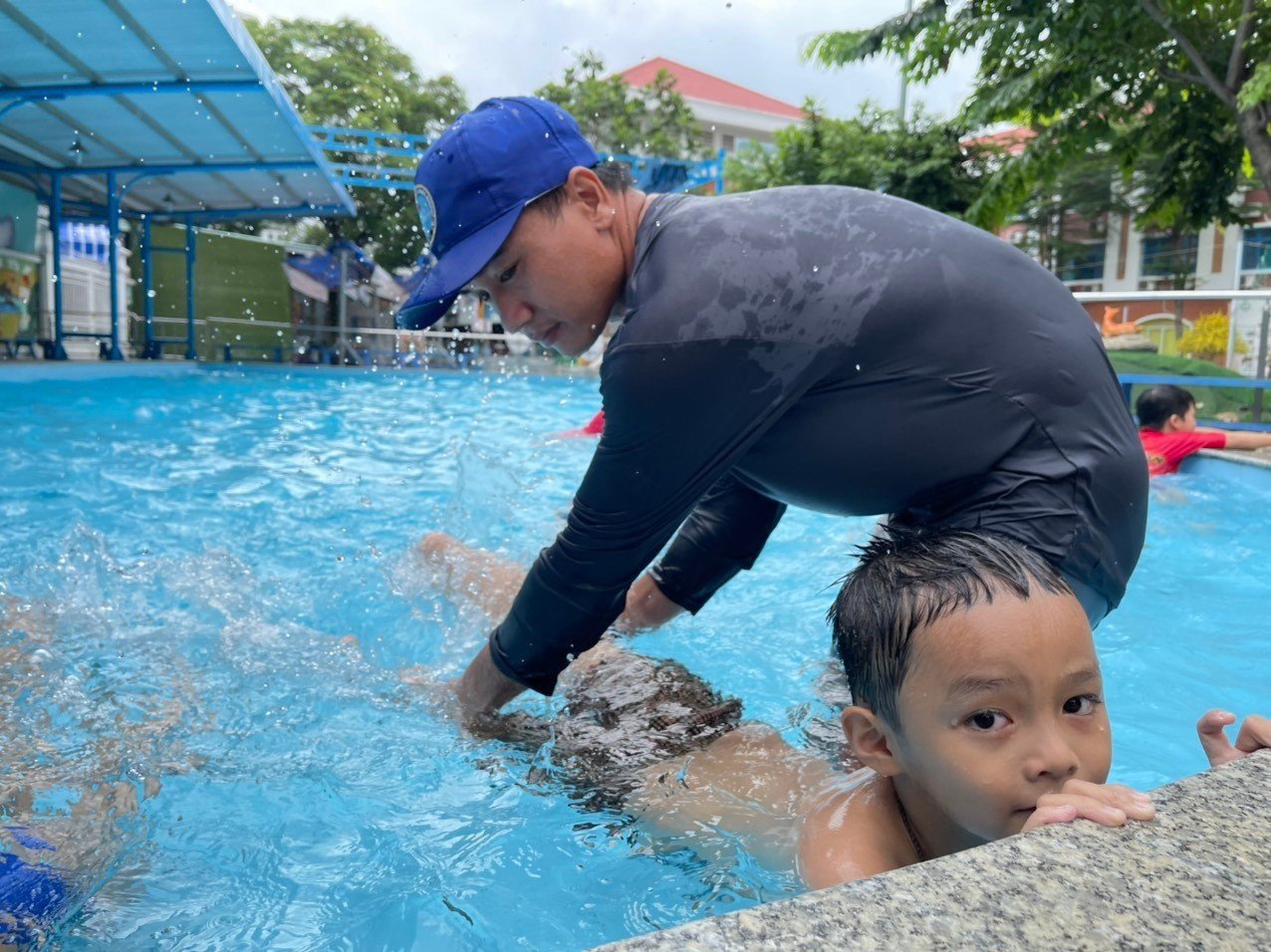
For facilities organizing swimming and diving activities, they must comply with regulations on facilities and equipment, arrange enough professional staff, have a board of regulations and instructions for people and children to follow the principles of ensuring safety and preventing drowning.
In particular, the sports sector closely cooperates with the Vietnam Women's Union, the Ministry of Education and Training, and the Central Youth Union to guide provinces and cities to increase the organization of cultural, artistic, and sports activities for children and family members to limit the situation of children playing in places with potential risks of drowning, and raise people's awareness and actions on drowning prevention.
Need more portable pools
General Secretary of the Vietnam Swimming Association - Mr. Dinh Viet Hung said: "Currently, in big cities like Hanoi, Ho Chi Minh City, Da Nang, very few schools have swimming pools. And this lack is an obstacle to the work of popularizing swimming, preventing drowning, especially for children. When there are no favorable facilities, Vietnam still has solutions such as using mobile swimming pools. We have piloted opening classes to popularize swimming, prevent drowning with mobile swimming pools, and found it effective and this model needs to be replicated."
Quynh Anh
Source link















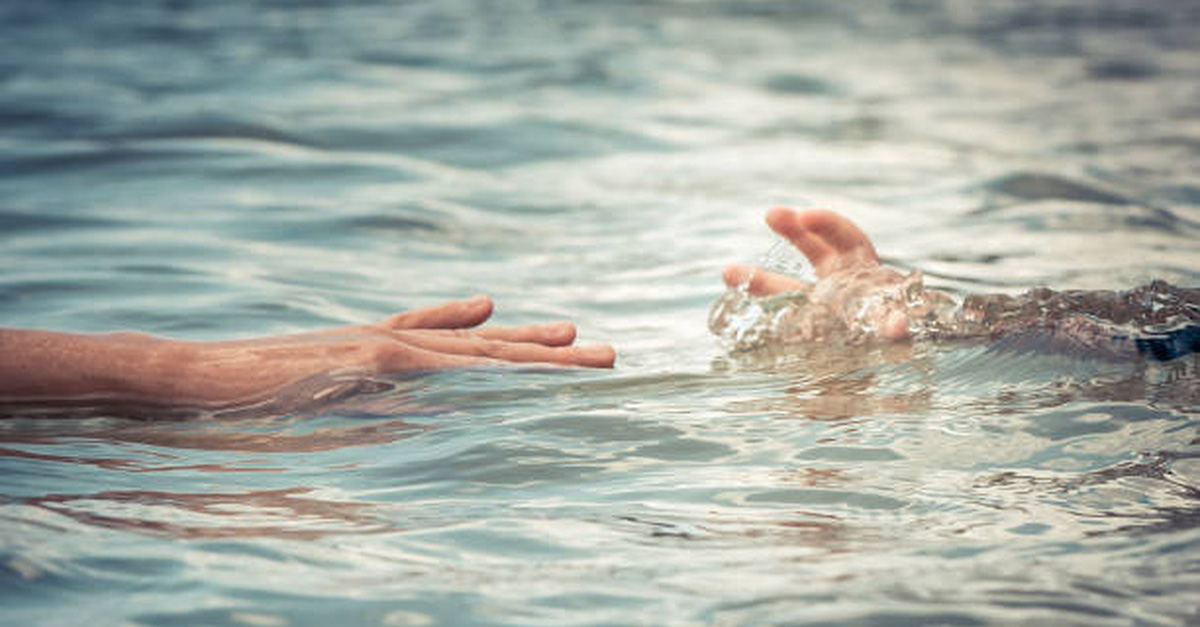

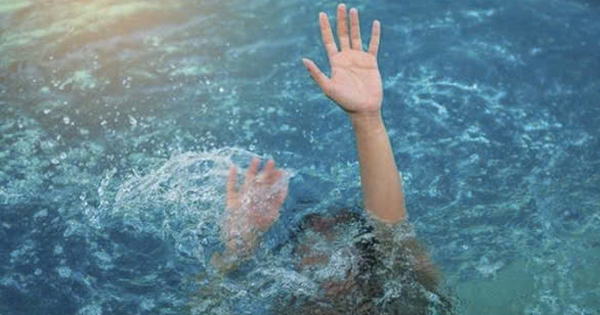





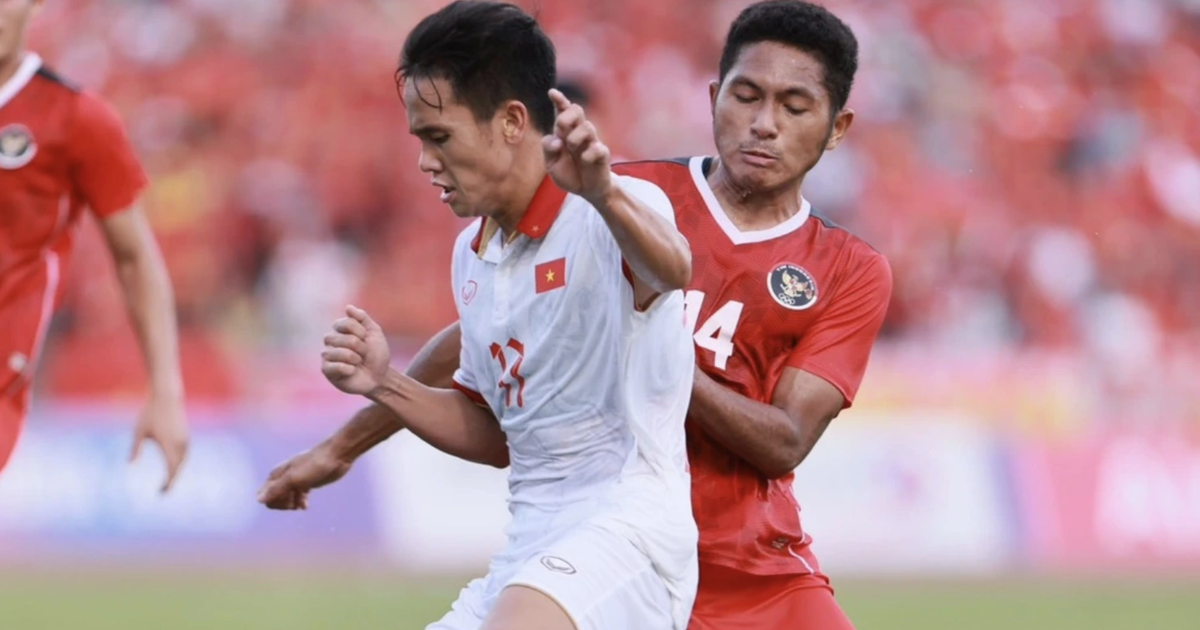







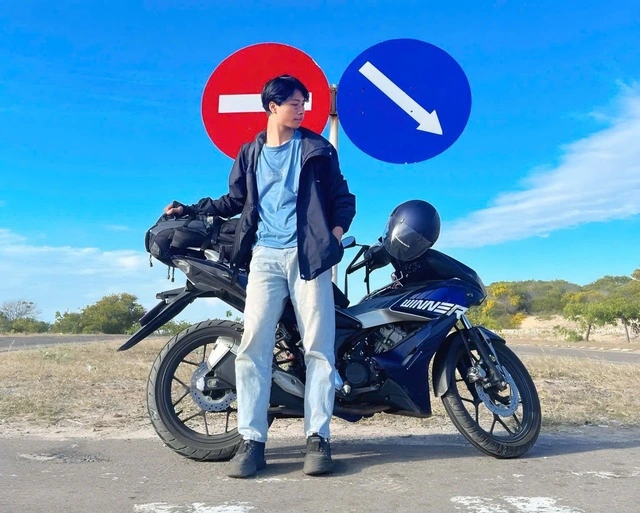








![[Photo] Prime Minister Pham Minh Chinh chairs Government Conference with localities on economic growth](https://vstatic.vietnam.vn/vietnam/resource/IMAGE/2025/2/21/f34583484f2643a2a2b72168a0d64baa)
















































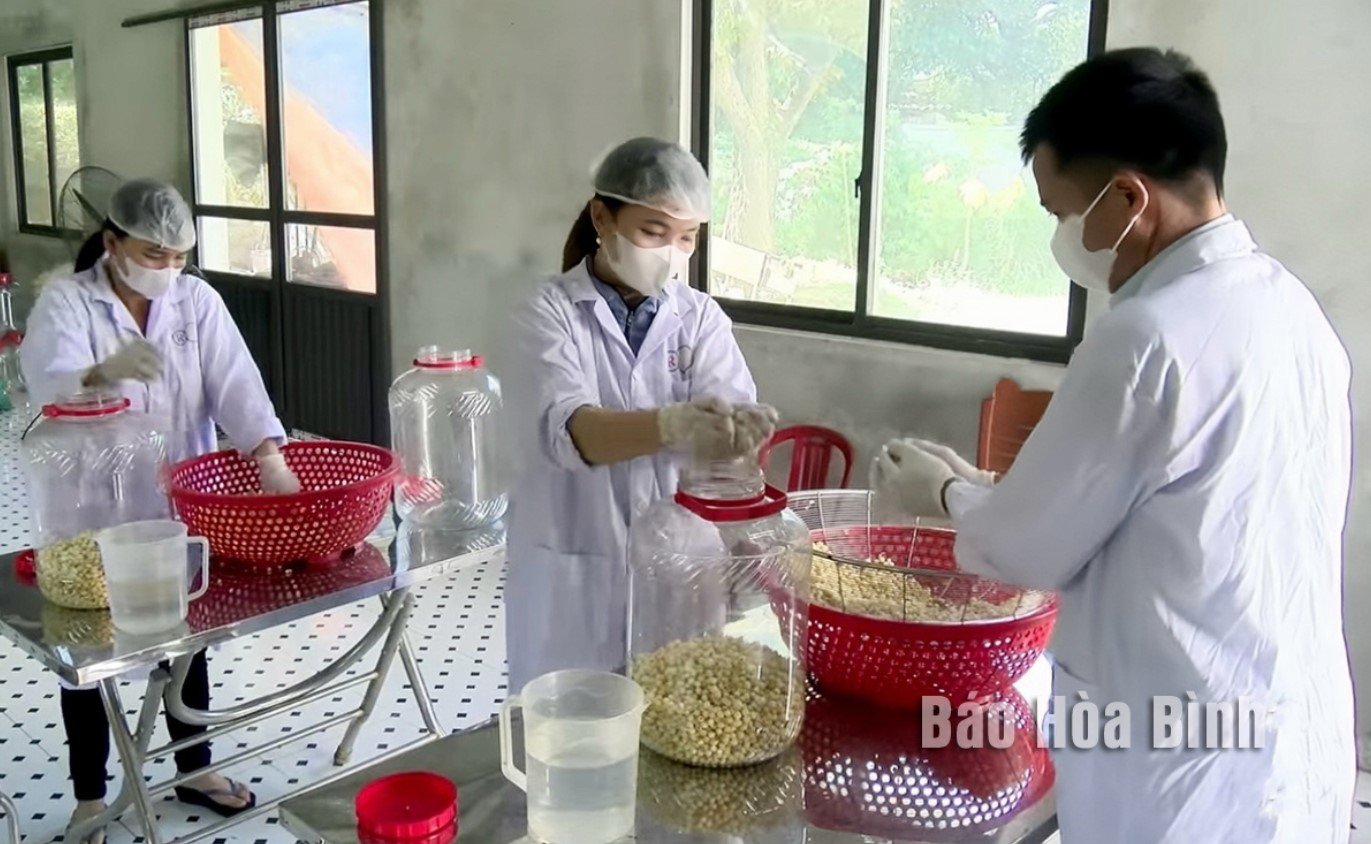







Comment (0)